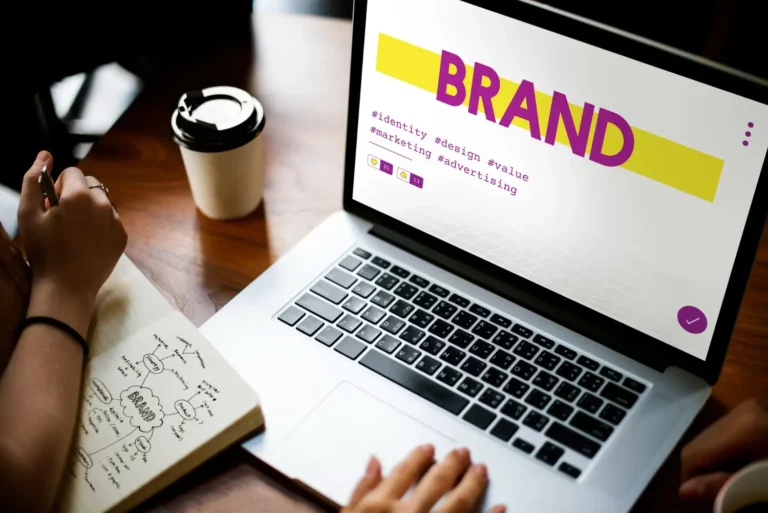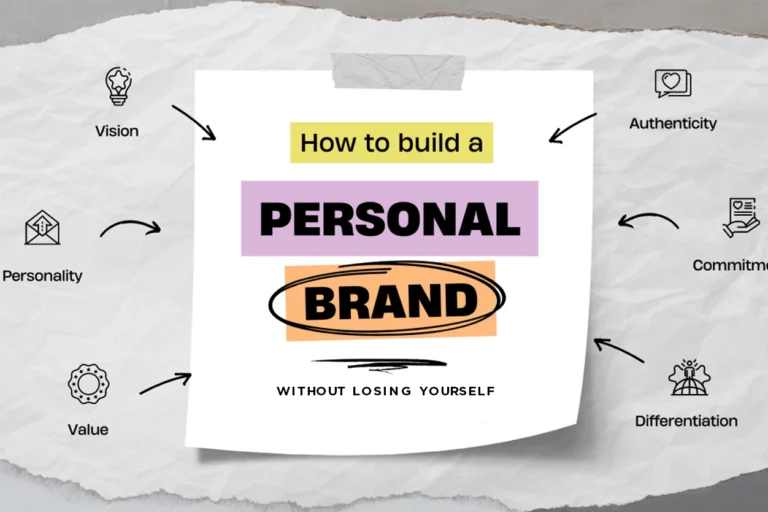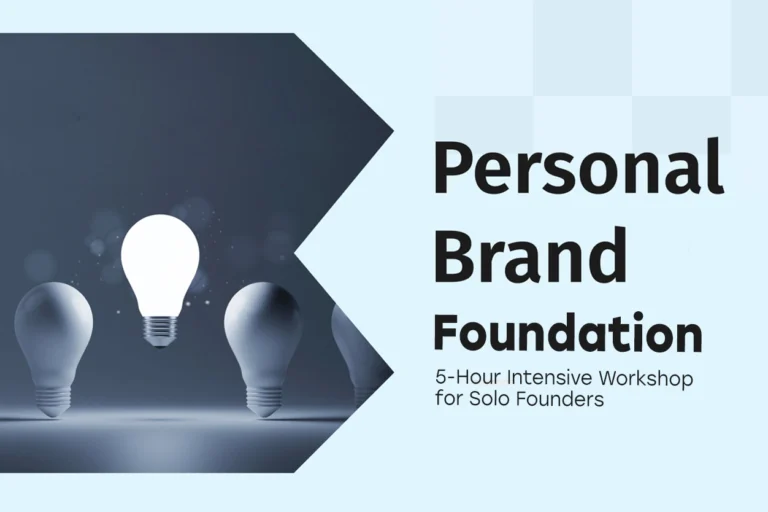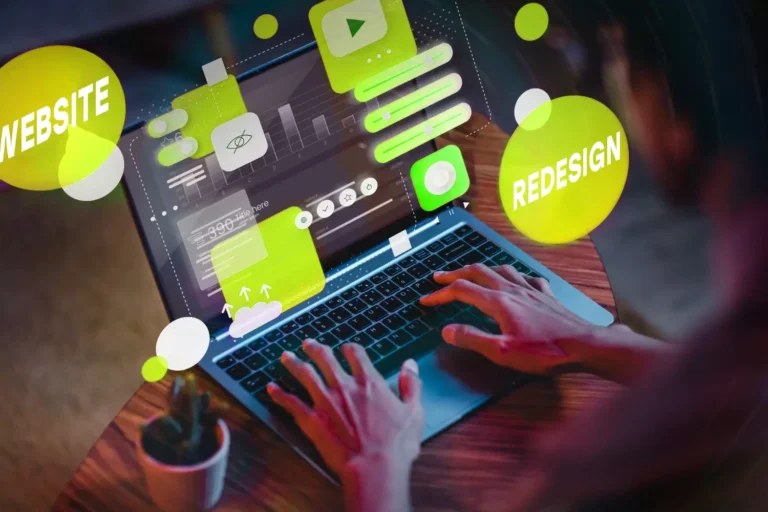Introduction
Generating leads isn’t an issue. Most companies are sitting on a goldmine of contacts. They have leads coming from their ads, their forms, and even networking events. The problem arises when there is no solid system in place to turn those contact into contracts. A well structured B2B lead funnel forms a bridge between “We are interested.” and “Where do we sign?
The right B2B lead funnel creates a guided path that moves people from first contact to closed deal, almost like your business has its own autopilot (minus the turbulence).
The three funnels that makes the most impact on converting a lead to a contract are the Welcome Funnel, The Nurture Funnel, and The Onboarding Funnel. Here’s what they entail and why they matter.
The Welcome Funnel:
The goal of the welcome funnel is to warm-up the relationship, set expectations, and get the leads excited to engage. It is your first handshake. They opted for your Newsletter, they downloaded your lead magnet, solved your quiz. They expect value in exchange for their time and attention.
Step 1: Acknowledgement
Sent as soon as someone signs up. Send them the value/ resource they signed up for. Include a brief introduction about you. A thank you and a welcome into your network.
Step 2: Set Expectations
Tell your story. Why you do what you do. How you have helped others achieve their goals. This sets their expectations about how you can help solve their problems.
Steps 3: Quick Wins
Share valuable tips/resources (not something that you would post on your socials or they can get in a lead magnet, an insider exclusive). Something with enough traction that would put them in momentum into wanting to work with you.
If done right, the welcome funnel builds your credibility, and positions you as organised and professional. Our clients have seen a jump in email open rates after sign-ups by up to 40% in 10 days after implementing personalized, automated, and optimized welcome sequences.
The Nurture Funnel:
The nurture funnel is the most talked about, yet the most fumbled funnel there is. The main question any organisation must ask before setting this up is: Who do you Nurture? We have come across many clients who add all their leads to the nurture funnel, and are sending emails after emails trying to close them. The answer to the question above is simple: You only nurture those who show up.
This is where engagement tracking comes in. The nurture funnel is exclusive to those who are opening your emails, clicking your articles, and responding to your insights. This is lead qualification, the value of leads in your nurture funnel is higher than of those in your welcome funnel. Here is how to set it up right:
Step 1: Educate – Don’t Pitch
This is where you let your customers know that you truly understand them. You understand their pain points and you have the capability to solve them. You identify their top industry challenges, and outline your proven approach (with social proof) to solving it. Let them know this is the solution they need.
Step 2: Your Social Proof
The results you achieved for your previous clients. Make sure they understand the outcomes of your work, the real impact in numbers.
Step 3: Soft Call to Action
If they have reached this step for you, they already understand your authority, and the value you bring to the table. This is the time to pitch. Invite them to a low-commitment call, webinar, or send them to a Quiz funnel for personalised insights.
A well-set up nurture funnel already has convinced your leads to work with you, before you even pick up the phone to talk to them. After we set-up engagement tracking, and a 30-day engaged audience funnel, one of our consultancy clients booked 12 qualified calls from his existing leads.
The Onboarding Funnel
While the Welcome and Nurture Funnels set expectations, Onboarding really cements your reputation with new clients about your professionalism and expertise. It is about reducing buyer’s remorse and speeding up results. It increases clarity, reduce drop-offs after a deal is signed, and turn clients into advocates.
Here is what to set-up after your clients accepts your proposal with a “yes”, and you have finally signed the contract.
Step 1: Welcome with Clarity
Outline the scope, the steps, the workflows, the point of contact, and requirements clearly. This sends the message that you are clear about their problem and working with them to implement a solution.
Step 2: Milestone Email
Provide something tangible quickly to validate their decision.
Step 3: Future Pacing
Share what success looks like in 3, 6, and 12 months so they stay motivated.
A well-designed onboarding funnel helps your client give clarity about the project, its goals, its milestones, and their decision about working with you. It boosts your reputation. After we set up a tailored onboarding sequence with milestone check-ins, resource delivery, and progress tracking, one of our certification training clients cut their churn rate in half and had three new customers upgrade to premium within their first month.
Your Next Step
You can keep chasing leads and hoping for a reply, while letting warm-ups fall through the cracks, or you can set-up your funnels in the next 20 days, and mirror the reults we have achieved for our clients: increase in email engagement, qualified leads, and referrals.
If you’d like our automation templates or want us to set it up for you, take our quick CRM Quiz. In under 5 minutes, you’ll know exactly where your funnel gaps are and the steps you can take to fix them.






